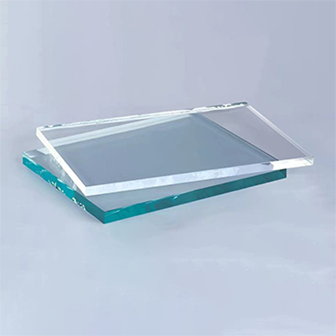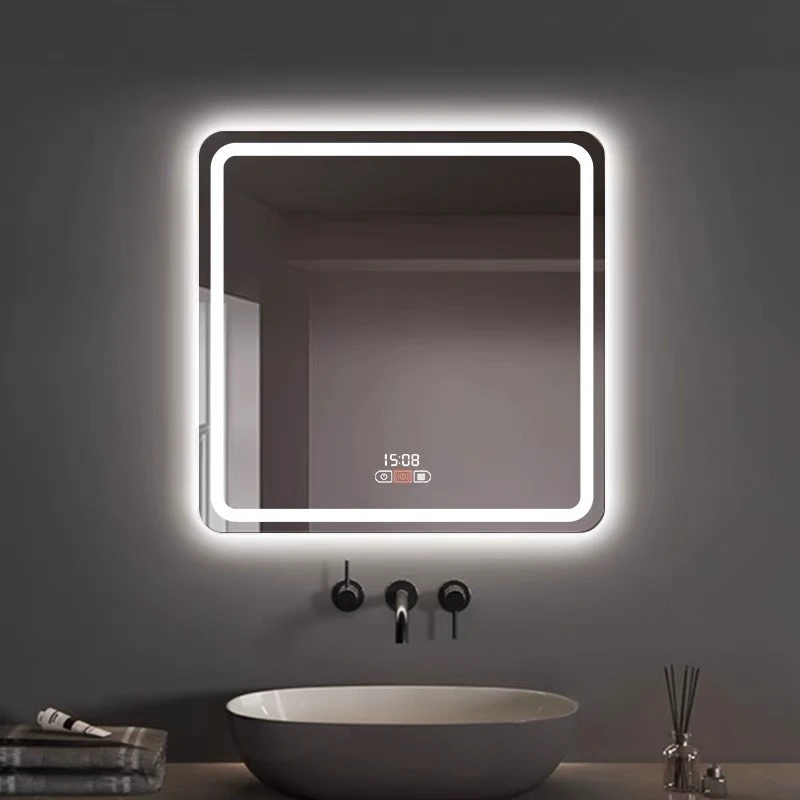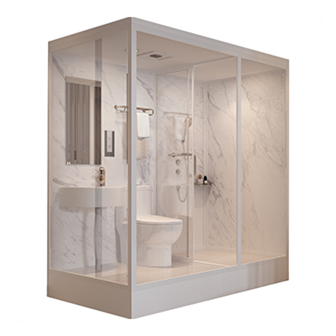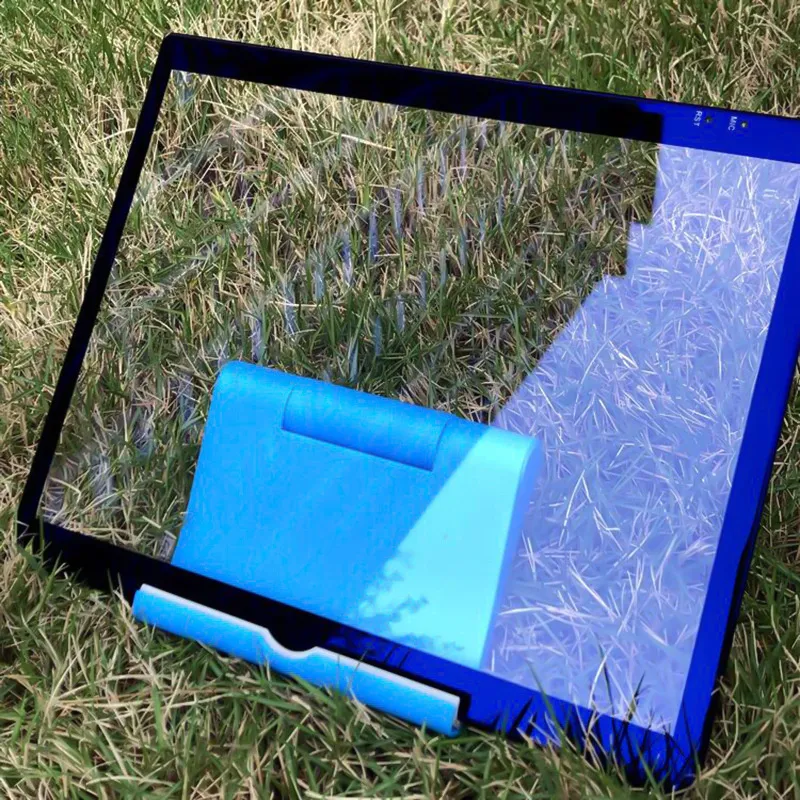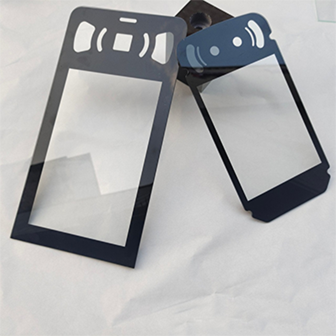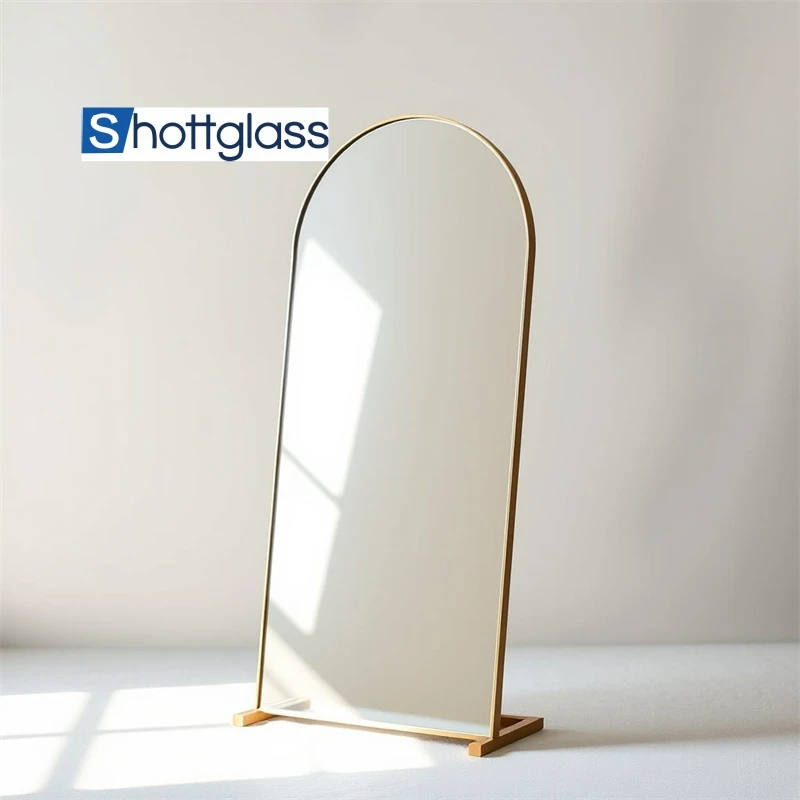Août . 20, 2025 09:40 Retour à la liste
Mirror Glass: A Multifunctional Material in the Interweaving of Light and Shadow
In the world of light and shadow circulation, Mirror Glass has become an indispensable material in fields such as architectural decoration, daily life, and optical instruments due to its unique reflective properties and diverse functions. It not only reflects clear images, but also plays an important role in spatial shaping, functional implementation, and other aspects.
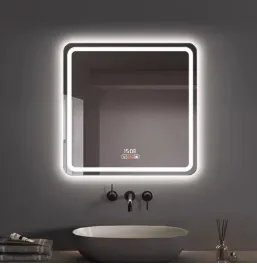
The manufacturing process of Mirror Glass determines its core performance
Usually, high-quality float glass is used as the raw material and processed through multiple processes such as cleaning, silver (or aluminum) plating, and coating with protective paint. Silver plating technology can provide glass with extremely high reflectivity, allowing for clear reflection of light and images; The aluminum plating process has lower costs, and although the reflection effect is slightly inferior to silver plating, it has stronger durability. The application of protective paint can effectively prevent oxidation and wear of the coating, extending the service life of Mirror Glass. Different manufacturing processes result in differential characteristics of conception de verre miroir in terms of reflectivity, durability, etc., to meet different usage needs.
Mirror Glass has rich and practical performance characteristics
High reflectivity is its most prominent feature, which can accurately reflect light and object shapes, providing clear images for dressing, decoration, and other purposes. At the same time, some gym wall mirrors have one-way perspective function, which ensures that one side reflects the image while maintaining good transparency on the other side, protecting privacy and not affecting lighting. In addition, some specially treated Mirror Glass also has properties such as corrosion resistance, scratch resistance, and high temperature resistance, which can adapt to complex environments such as humidity and high temperature.
Mirror Glass has a wide range of application scenarios
In the field of architectural decoration, shatterproof mirrors are often used in wall, ceiling, and partition design to expand the visual effect of space by reflecting light, making small spaces appear spacious and bright, and creating a unique artistic atmosphere. In daily life, it is an important component of furniture such as dressing tables and wardrobes, providing convenience for people's grooming. In terms of optical instruments, high-precision Mirror Glass is the core component of telescopes, microscopes, projectors, and other equipment. Its stable reflective performance ensures the measurement accuracy and imaging quality of the instrument.
With the development of technology, the functionality of Mirror Glass continues to expand
Anti fog giant mirrors solve the problem of mirror fogging in humid environments such as bathrooms by coating the surface with a special coating; Intelligent dimming Mirror Glass can control transparency and reflectivity through electrical signals, achieving switching between mirror and transparent glass, suitable for places that require flexible adjustment of light. In addition, the integration of environmental protection concepts has led to the development of recyclable and low-energy production Mirror Glass, reducing its impact on the environment.
In summary, Mirror Glass occupies an important position in multiple fields due to its diverse manufacturing processes, rich performance characteristics, wide application scenarios, and continuous technological innovation. It not only meets people's needs for clear images and spatial beautification, but also demonstrates great potential in functional expansion and environmental development. It is an important material that combines practicality and development.
Mirror Glass FAQs
Why can Mirror Glass reflect images clearly, while regular glass cannot?
Mirror Glass is coated with a special metal coating (usually silver or aluminum) on the back, which can efficiently reflect light, causing most of the incident light to be reflected back, forming a clear image. Although ordinary glass surfaces can also reflect a small amount of light, most of the light will directly penetrate through, so the reflection effect is very weak and the complete image can hardly be seen.
Why does Mirror Glass turn black or peel off after prolonged use?
The reflective layer of Mirror Glass is prone to moisture and oxidation, especially when the sealing is not tight or the environmental humidity is too high. Moisture can seep into the coating, causing the metal layer to gradually corrode, turn black, or even peel off. In addition, using acidic or alkaline cleaning agents during cleaning may accelerate the damage of the coating and affect the service life of the mirror.
How to properly clean Mirror Glass to avoid leaving water stains and scratches?
When cleaning Mirror Glass, it is recommended to first use a soft dry cloth or dust brush to remove surface dust, then spray diluted white vinegar or neutral glass cleaner, and wipe with a microfiber cloth. Avoid using rough cloths or cleaning products containing abrasives, as they may scratch the surface. Immediately wipe dry with a dry cloth after wiping to prevent water stains from remaining.
Does the thickness of Mirror Glass affect the reflection effect?
The thickness of Mirror Glass mainly affects its strength and durability, and has almost no direct impact on the reflection effect. The reflective ability mainly depends on the quality of the coating on the back. However, thicker glass is less prone to deformation and can reduce image distortion caused by bending, making it suitable for use in large areas or situations that require high stability.
Why do some Mirror Glass make people's images appear distorted or deformed?
If the substrate of Mirror Glass is uneven or subjected to uneven forces during installation, the surface may have slight bends, causing the reflected light path to deviate and the image to deform. In addition, cheap mirrors may produce ripples due to poor coating processes. When making a purchase, you can observe whether the straight objects in the mirror (such as door frames) are straight, in order to determine the flatness of the mirror surface.
-
Laminated Glass: A Special Material That Safeguards Safety and Transparency
NouvellesAug.20,2025
-
Insulated Glass: The Ideal Choice for Building Energy Efficiency
NouvellesAug.20,2025
-
Frosted Glass: The Perfect Fusion of Hazy Aesthetics and Practical Functionality
NouvellesAug.20,2025
-
Coated Glass: A Fusion of Functionality and Aesthetics in Modern Decoration
NouvellesAug.20,2025
-
Clear Float Glass: A Transparent Aesthetic Carrier in Modern Decoration
NouvellesAug.20,2025
En rapport PRODUITS


